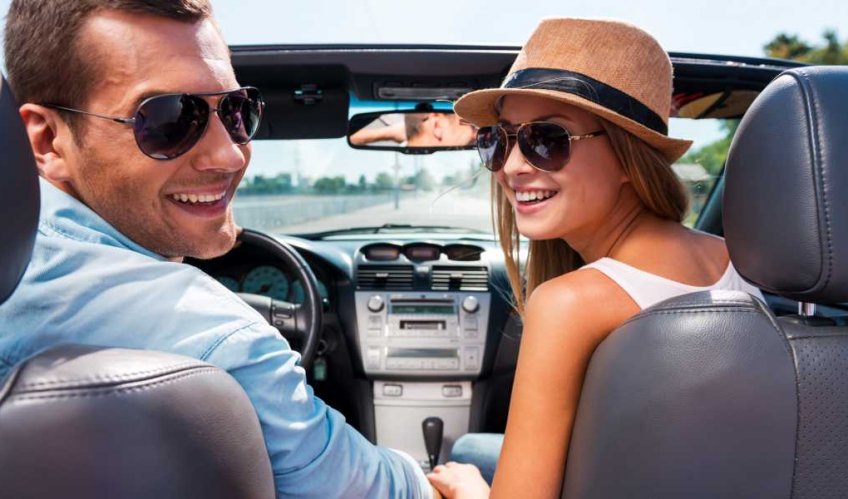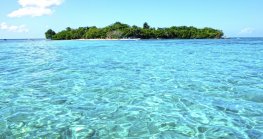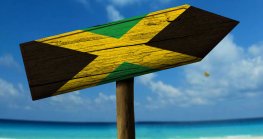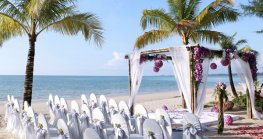March08thWed Driving in Jamaica

The first thing you should know about driving in Jamaica is that people here drive on the left. A US, Canadian, European or British license can be used for up to 6 months in Jamaica. However, driving in Kingston may pose a risk if you and your passengers get lost in the city. Although a GPS device or app on your phone may be able to help you navigate the island, there are certain areas that you will want to avoid.
It’s fairly easy to rent a car but make sure to check with the company from which you’re renting the vehicle prior to your arrival to the island, especially if arriving late at night.
Whether you’re in a vehicle or traversing as a pedestrian, ride defensively and take great precaution on the streets. Seatbelts must be worn by riders and passengers at all times, and helmets must be worn by motorcyclists.
Extra care should be taken when pausing at intersections and at traffic lights. Criminals are known to have different techniques, such as distracting a driver to gain access to vehicles to steal purses and other valuables.
Country roads are also narrower, windy and have bad lighting at nights. Speeding and driving after drinking are also common. The police are quite vigilant and speed traps are very common especially on an inviting stretch of country roads. The speed limits are clearly marked and are usually in kilometers. Residential areas require you to slow to 30 km an hour and residential can pop up on you suddenly after cruising through varying crops for a while on either side of a main thoroughfare.
There is now a new system of highways which make it easy to quickly cross the island from north to south and from the west to the capital city of Kingston. Be aware that the tolls are paid in cash. The south coast and rural areas still mainly rely on the older road system which makes for many scenic drives, but be aware that parts of the island may be affected by hurricanes, tropical storms or road work, which temporarily blocks roads. You are therefore advised to check your route in advance.
YOU MAY ALSO LIKE
-
 Post By TTN T
Post By TTN T -

Money & Currency of JamaicaFebruary 23rd,
-

Protect Yourself Against Mosquitoes in JamaicaFebruary 23rd,
-

Tap Water & the Street Food of JamaicaMarch 03rd,













